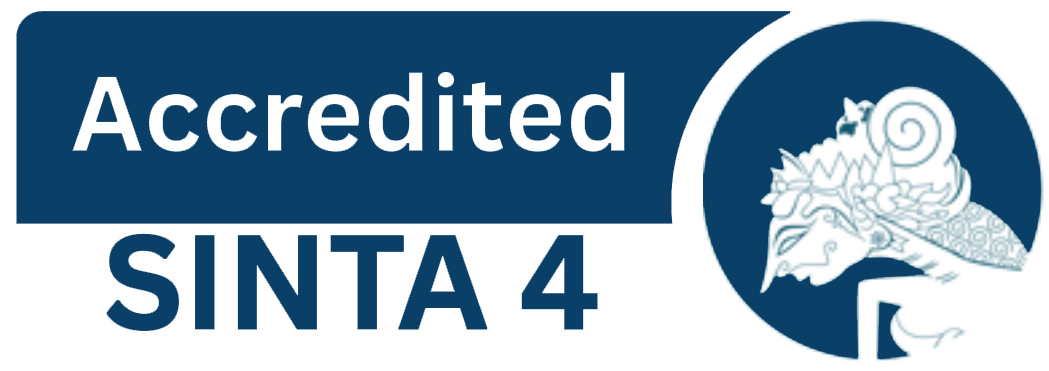TEKNOLOGI ASISTIF DALAM PENDIDIKAN INKLUSIF
DOI:
https://doi.org/10.22460/c.v3i6.6246Keywords:
Teknologi Asistif, Pendidikan InklusifAbstract
References
Artiles, A. J., Harris-Murri, N., & Rostenberg, D. (2006). Inclusion as social justice: Critical notes on discourses, assumptions, and the road ahead. Theory into practice, 45(3), 260-268.
Artiles, A. J., Kozleski, E. B., & Waitoller, F. R. (2011). Inclusive Education: Examining Equity on Five Continents. Harvard Education Press. 8 Story Street First Floor, Cambridge, MA 02138.
Charema, J. (2007). From Special Schools to Inclusive Education: The Way Forward for Developing Countries South of the Sahara. Journal of the International Association of Special Education, 8(1).
Chitiyo, M., & Chitiyo, G. (2007). Special Education in Southern Africa: Current Challenges and Future Threats. Journal of the International Association of Special Education, 8(1).
Cochran-Smith, M. (2005). Studying teacher education: What we know and need to know.
Dyson, A. (1999). Inclusion and inclusions: Theories and discourses in inclusive education. World yearbook of education 1999: Inclusive education, 36-51.
Florian, L. (2008). Inclusion: special or inclusive education: future trends. British Journal of Special Education, 35(4), 202-208.
Indriawati, P. (2013). Implementasi Kebijakan Tugas Guru Pembimbing Khusus pada Pendidikan Inklusif di SD Negeri se-Kecamatan Junrejo Batu. Jurnal Kebijakan dan Pengembangan Pendidikan, 1(1).
Norwich, B. (2008). Special schools: What future for special schools and inclusion? Conceptual and professional perspectives. British Journal of Special Education, 35(3), 136-143.
Pandit, P. (2017). Effect of Gender, Academic Stream and Print Media Use on Educational Preferences of Senior Secondary School Students.
Reed, P., & Bowser, G. (2005). Assistive technologies and the IEP. Handbook of Special Education Technology Research and Practice. Knowledge by Design Inc., Whitefish bay.
Salend, S. J., & Duhaney, G. (2011). Chapter 1 Historical and philosophical changes in the education of students with exceptionalities. History of special education, 21, 1-20.
Singal, N. (2006). Inclusive education in India: International concept, national interpretation. International journal of disability, development and education, 53(3), 351-369.
Singal, N., & Muthukrishna, N. (2014). Education, childhood and disability in countries of the South–Re-positioning the debates.
Stainback, W., & Stainback, S. (1981). A review of research on interactions between severely handicapped and nonhandicapped students. Journal of the Association for the Severely Handicapped, 6(3), 23-29.
World Health Organization. (2009). WHO vaccine-preventable diseases: monitoring system: 2009 global summary (No. WHO/IVB/2009). World Health Organization.



